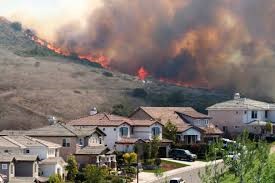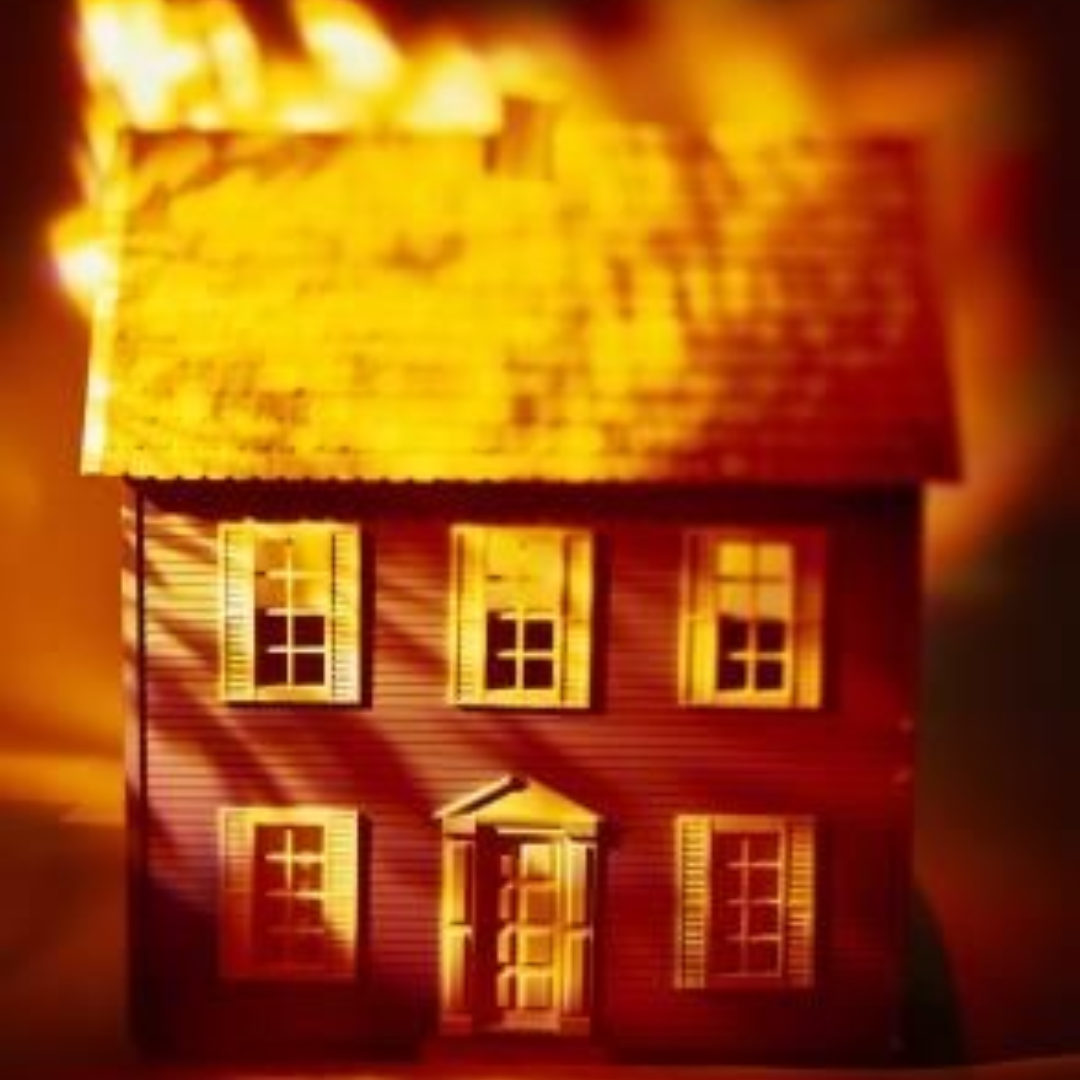As climate change continues to drive more intense and destructive wildfire seasons, many homeowners in high-risk areas are facing a new challenge: finding and keeping reliable wildfire home insurance. From premium hikes to outright policy cancellations, the insurance landscape is shifting rapidly—especially in wildland-urban interface (WUI) regions across states like California.
If you live in or near a high-risk fire zone, this guide will help you understand the connection between wildfire risk and insurance, how to protect your property, and how to maintain or secure the coverage you need.
What Are High-Risk Wildfire Zones?:
High-risk wildfire zones are areas with a combination of dry vegetation, frequent winds, drought conditions, and development near forested land. These zones are typically mapped by state agencies like Cal Fire, which designates areas using Fire Hazard Severity Zones based on fuel, slope, and fire weather.
Living in the WUI—the transitional area where human development meets wildland—means your home is at greater risk for fire exposure, flying embers, and delayed emergency response times. Unfortunately, these risks also impact your ability to obtain or afford home insurance in high-risk fire zones.
How Wildfire Risk Impacts Your Home Insurance:
As wildfires increase in frequency and intensity, insurers are re-evaluating how they cover properties in vulnerable areas. Here’s how this affects homeowners:
Premium Increases
Insurance providers use catastrophe modeling and historical data to determine premiums. As risk grows, so do costs. Many homeowners in California have seen premiums double—or more—over the past few years due to wildfire exposure.
Non-Renewals and Cancellations:
Some carriers have pulled out of high-risk regions altogether. Home insurance non-renewals in California have become more common, with thousands of policyholders receiving 75-day notices from their insurers.
Limited Coverage Options:
If you’ve been dropped by your insurer, you may have fewer choices. Many are turning to surplus line carriers or state-backed programs like the California FAIR Plan, which offers fire insurance in California when traditional policies aren’t available.
How to Protect Your Home in High-Risk Zones:
Mitigating wildfire risk isn’t just smart—it’s essential for preserving your home and keeping insurance coverage. Here’s how to take action:
1. Create Defensible Space:
Defensible space is the buffer you create between your home and surrounding vegetation. It’s often broken into three zones:
- 0–5 feet: Keep this area ember-resistant. Use gravel or concrete instead of mulch. Remove dead leaves from roofs and gutters.
- 5–30 feet: Trim tree limbs, clear flammable shrubs, and maintain a healthy lawn.
- 30–100 feet: Thin vegetation, remove fallen branches, and keep wood piles away from structures.
These measures can significantly reduce the likelihood that your home ignites during a wildfire.
2. Invest in Home Hardening:
Home hardening involves retrofitting your home with materials and designs that resist fire. Key upgrades include:
- Installing ember-resistant vents
- Upgrading to fire-resistant roofing (metal, clay tile, or asphalt shingles rated Class A)
- Sealing eaves and decks
- Replacing single-pane windows with dual-pane tempered glass
Many insurers consider home hardening when determining rates—and some offer fire mitigation discounts for proven upgrades.
3. Join a Firewise Community:
Becoming part of a Firewise USA® community signals to insurers that you’re committed to reducing collective fire risk. These communities work together to manage brush, share emergency plans, and advocate for local funding. Some insurers factor this into underwriting decisions.

Navigating Insurance Options in Fire-Prone Areas:
If you’re struggling to secure or keep home insurance in a wildfire zone, here’s what you can do:
Work with a Knowledgeable Insurance Broker:
Look for a broker experienced in wildfire insurance coverage and high-risk properties. They can help you compare admitted and non-admitted carriers and find specialized policies tailored to your location and risk level.
Explore the California FAIR Plan:
The California FAIR Plan is a last-resort option for homeowners who can’t get coverage through traditional insurers. It covers:
- Fire and smoke damage
- Lightning
- Internal explosions
But it lacks liability, theft, and water damage coverage. To bridge the gap, many homeowners purchase a Difference in Conditions (DIC) policy, which supplements FAIR Plan coverage with broader protections.
Document Risk Reduction: Take photos of your defensible space, home hardening efforts, and any Firewise certifications. Some insurers require proof of risk mitigation to issue or renew a policy.
Planning Ahead: Financial and Safety Considerations:
Budget for Mitigation and Premiums:
While some home hardening efforts can be costly up front, they may result in long-term savings through retained coverage and reduced premiums. Look into state or local wildfire protection grants, especially those that assist with vent replacement or vegetation management.
Understand Policy Details:
Make sure your wildfire home insurance covers rebuilding costs, not just market value. Review exclusions, deductibles, and your insurer’s claims process—ideally before a disaster strikes.
Prepare for Fire Season:
- Create a wildfire emergency evacuation plan
- Pack a go-bag with essentials, legal documents, and insurance info
- Store digital backups of photos and home inventory for potential claims

Final Thoughts:
Living in a high-risk fire zone doesn’t mean you’re out of options—it just means you need to be more proactive. By taking steps to reduce wildfire risk, joining a Firewise community, and working closely with your insurer or broker, you can protect your home and maintain the coverage you need.
As climate change continues to reshape the insurance landscape, being prepared isn’t just wise—it’s essential.


